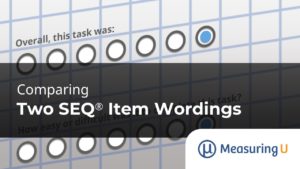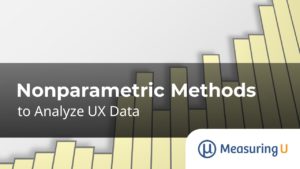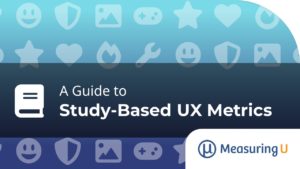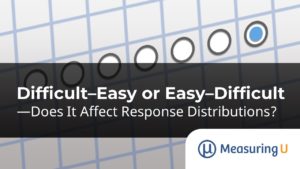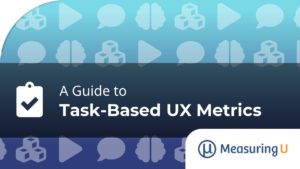
What Do People Say When They Think Aloud?
Think Aloud (TA) usability testing is a popular UX research method. Having participants speak their thoughts as they attempt tasks helps researchers understand sources of misunderstandings, potentially aiding them in identifying and fixing usability problems. It’s such a common technique in usability testing that we suspect few researchers think about the impacts and consequences (positive

